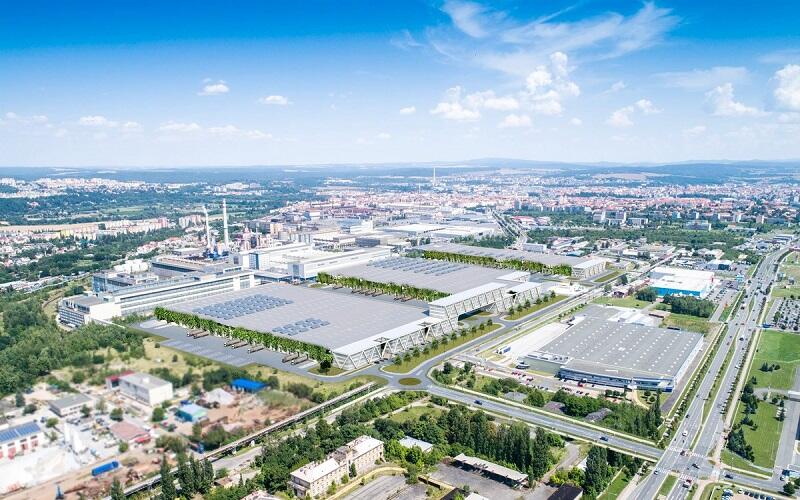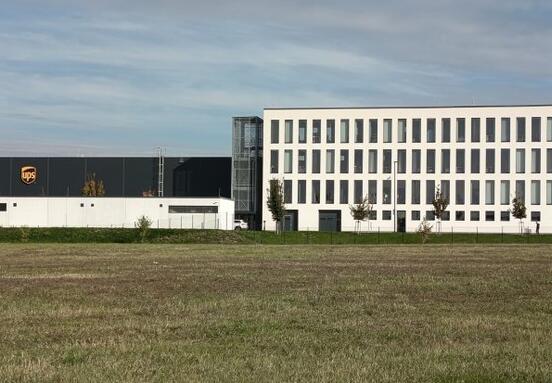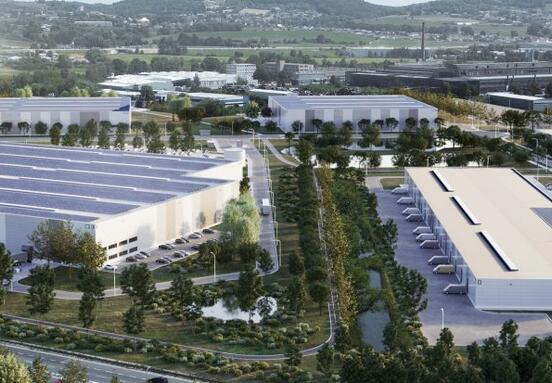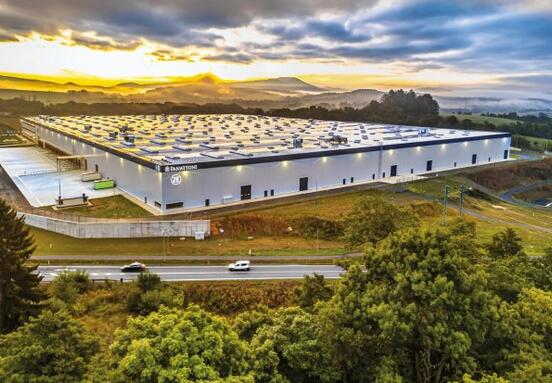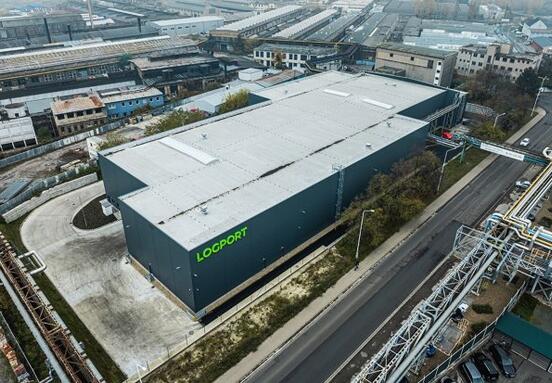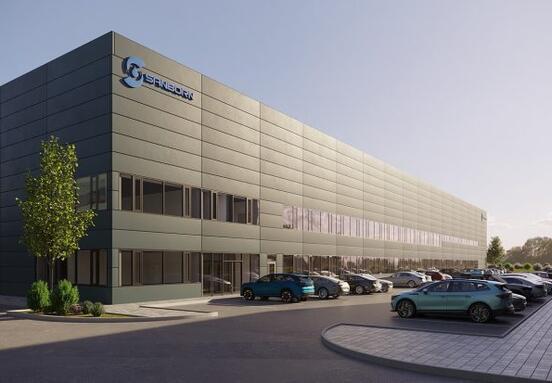"All our clients are aware of their dependence on gas and are trying to diversify as much as possible, and thus be as energy-dependent as possible on fossil fuels. However, this is an unattainable goal for manufacturing companies, but for less energy-intensive operations - for example, logistics without advanced automation - it is already possible today," says Petr Narwa, Head of Transaction & Consulting Services at Prochazka & Partners, about the complex situation on the market.
And what are the ways to reduce energy dependence on fossil fuels? We have identified six areas to focus on.
Photovoltaics also on the greenfield?
Currently, interest in building solar panels on the roofs of industrial areas is growing rapidly. The owners have to keep a certain coefficient of greenery around the industrial property, so apart from the roofs, they can only put the panels on the so-called brownfield. However, if the legislation were more benevolent, it would be possible to expand the PV production capacity within industrial areas. This could be done by placing the panels higher than 2m on the structure, under which for example cattle grazing can take place. In a hall with a size of 10,000 m2, panels with a power of approx. 1.5 MWp can be installed on the roof, which produce 1,450 MWh of energy annually, which can mean savings of almost 9 million CZK per year at 100% consumption (at the current ceiling price of 6,050 CZK/MWh ). The return on investment can be calculated for 5 years.
Production of green hydrogen
What about surplus energy produced during peak periods when the distribution network may not be able to handle as much energy produced? In addition to storage in batteries, which is financially inefficient for large-scale production, the production of green hydrogen and its subsequent use is offered. This is due to the current growth of energy already cheaper than hydrogen obtained from fossil natural gas, although experts in the energy market, before the Russian invasion of Ukraine, predicted that this cheapening would occur in up to 10 years.
Energy fixation? In this day and age of science fiction
Currently, energy price fixing has ended for most customers and everyone is now on spot prices. Those who are still catching up with fixation can currently save 0.8-1.2 euros / m2. This is already noticeable in an average warehouse with a size of 10,000 m2. But this competitive advantage ends very quickly for everyone. The introduction of price ceilings can help this, however, not all branches of business will reach the price ceiling. Legislation is still being debated, so there could be a lot of change in this area.
Sustainable development
Modern industrial buildings with green certification consume energy for 1.5-2 euros per m2 per month. Older buildings then for 2-3 euros per m2. Does that seem like a small difference? Smaller operations can have 10,000 m2, but there are also those that have 100,000 m2.
Self-sufficient logistics. And what else?
A logistics plant is usually less energy-intensive than production, thanks to which it can be energy self-sufficient even without gas. The so-called handling (loading, unloading, picking and sorting) can thus exist without the need for large supplies of energy, thus without gas. However, other branches are not doing so well. In particular, manufacturing companies have nowhere to look for an alternative today.
Last mile solutions
Rising diesel prices have caused more and more companies that operate within the framework of "last mile solutions" to look for cars powered by electricity or hydrogen. A strategically located warehouse can save a lot of money, when it can pay to pay extra for a better located warehouse and save on transport costs (mainly diesel, wear and tear and fees).
